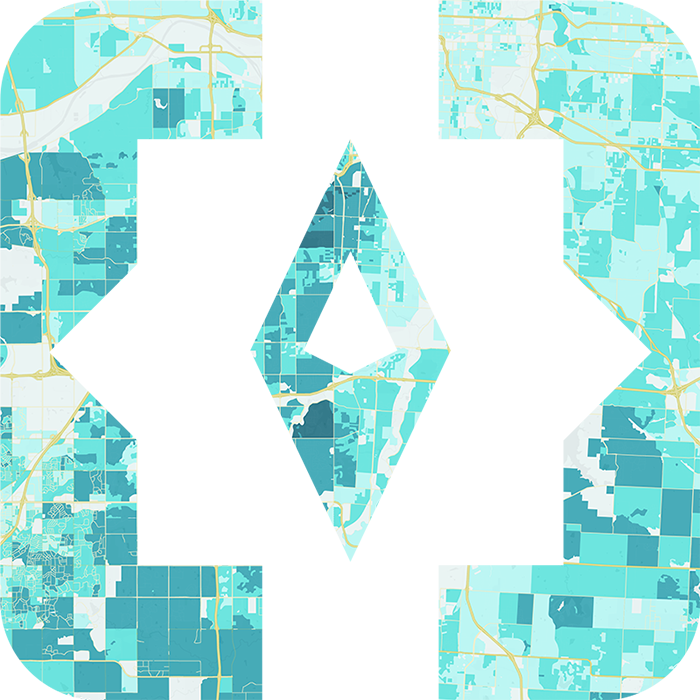Demographic & Geospatial Data for Healthcare
Improve Access, Forecast Demand, and Strengthen Community Health
Healthcare decisions require more than headcounts. They demand insight into the people behind the population, including how they live, work, age, and seek care.
Applied Geographic Solutions delivers detailed demographic, economic, and behavioral datasets that help providers, planners, and public health professionals better understand community needs, identify service gaps, and design smarter, more equitable networks.
Whether you’re modeling demand for urgent care, planning long-term capacity, or addressing health disparities, AGS helps you make data-driven decisions with confidence.

Popular Datasets for Healthcare Professionals

Healthcare Demand
Projected utilization by diagnosis and procedure type ideal for facility planning, service line development, and risk modeling.

Estimates & Projections
Current and forecasted population data by age, sex, and household type to support strategic growth.

Assets, Debts, & Net Worth
Understand patient financial capacity for services, billing, and risk-based pricing.

Non-Resident Population
Account for workers, tourists, students, and other daytime populations that impact care demand.

Panorama Lifestyle Segments
Tailor outreach, education, and wellness initiatives to the behaviors and preferences of local populations.
How Clients Use AGS Data
From regional hospital networks to public health departments, AGS supports data-informed decision-making across the healthcare ecosystem. Common use cases include:
- Planning clinic or urgent care expansions using age and insurance coverage profiles
- Identifying communities at higher risk for chronic disease or underutilization
- Supporting Health Equity Initiatives with lifestyle and demographic overlays
- Forecasting provider and service line demand by neighborhood or ZIP
- Modeling discharge and procedure demand for acute care strategy

Flexible Delivery for Real-World Use
AGS supports data delivery via flat file, API, or platform integration—so your analysts, planners, and consultants can work seamlessly inside existing tools and systems.
No extra adapters. No proprietary lock-ins. Just data that’s ready to work when you are.
